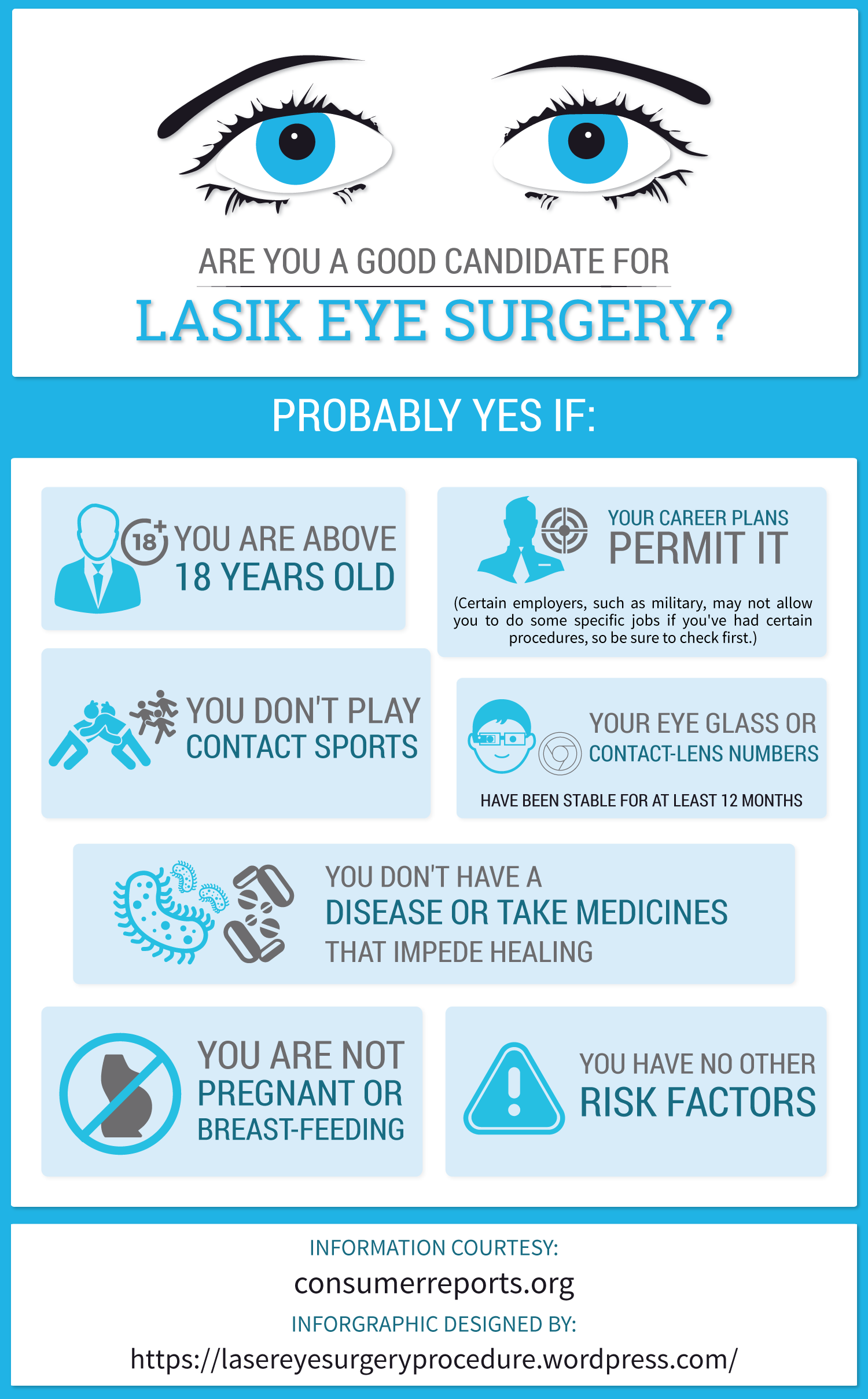Fascinated In Learning More About The Distinctions In Between SMILE, LASIK, And PRK Eye Procedures?
Fascinated In Learning More About The Distinctions In Between SMILE, LASIK, And PRK Eye Procedures?
Blog Article
Post Created By-Weber Osborne
If you've been thinking about SMILE eye surgical procedure, you may wonder just how it compares to LASIK and PRK. Each procedure has its own set of advantages and considerations. From quicker healing times to possible risks, there are vital differences you should recognize before making a decision. Recognizing these differences will certainly aid you make an enlightened selection that lines up with your particular demands and assumptions. Interested to know more regarding just how these procedures compare thoroughly? Keep exploring to obtain what is difference between cataract surgery and lasik surgery detailed understanding of SMILE, LASIK, and PRK.
SMILE Eye Surgical Procedure Introduction
If you're thinking about SMILE eye surgery, you'll discover it to be a minimally invasive procedure with a fast recuperation time. Throughout SMILE (Small Cut Lenticule Extraction), a laser is used to create a small, exact incision in the cornea to get rid of a small item of tissue, improving it to fix your vision. This varies from LASIK, where a flap is produced, and PRK, where the outer layer of the cornea is totally gotten rid of.
Among the key benefits of SMILE is its minimally invasive nature, causing a faster recovery process and less discomfort post-surgery. The healing time for SMILE is fairly quick, with several individuals experiencing enhanced vision within a day or 2. This makes it a preferred selection for those seeking a convenient and reliable vision correction procedure. Additionally, SMILE has been revealed to have a lower danger of dry eye syndrome contrasted to LASIK, making it a positive choice for people worried about this potential side effect.
Differences Between SMILE, LASIK, and PRK
When contrasting SMILE, LASIK, and PRK eye surgical procedures, it's important to recognize the distinctive techniques used in each procedure for vision adjustment.
SMILE (Small Cut Lenticule Extraction) is a minimally intrusive procedure that entails creating a small incision to extract a lenticule from the cornea, reshaping it to correct vision.
LASIK Eye Surgery Locations (Laser-Assisted Sitting Keratomileusis) involves developing a slim flap on the cornea, using a laser to reshape the underlying tissue, and after that rearranging the flap.
PRK (Photorefractive Keratectomy) eliminates the external layer of the cornea before reshaping the tissue with a laser.
The main distinction depends on the method the cornea is accessed and treated. SMILE is flapless, making it a good choice for people with slim corneas or those associated with call sports. LASIK supplies rapid aesthetic recuperation due to the flap production, however it might posture a greater risk of flap-related complications. PRK, although having a longer recuperation period, prevents flap-related problems entirely.
Comprehending these variances is important in selecting the most ideal procedure for your vision adjustment needs.
Pros and Cons Comparison
To review the benefits and drawbacks of SMILE, LASIK, and PRK eye surgical treatments, it's important to think about the particular benefits and possible constraints of each treatment. Wavefront LASIK Cost provides the advantage of a minimally intrusive procedure, with a smaller sized cut and possibly quicker healing time contrasted to LASIK and PRK. It additionally lowers the danger of dry eye post-surgery, an usual side effect of LASIK. Nevertheless, SMILE may have constraints in dealing with higher levels of nearsightedness or astigmatism contrasted to LASIK.
LASIK surgery provides rapid aesthetic recuperation and very little pain throughout the procedure. It's very effective in dealing with a wide range of refractive errors, including nearsightedness, hyperopia, and astigmatism. Yet, LASIK lugs a threat of flap issues, which can impact the corneal framework.
PRK eye surgery, while not as popular as LASIK, prevents producing a corneal flap, lowering the risk of flap-related problems. It appropriates for people with slim corneas or irregular corneal surface areas. Nevertheless, PRK has a much longer recovery time and may include more pain during the healing process.
Conclusion
So, when it comes to selecting between SMILE, LASIK, and PRK, consider it like selecting the best pair of shoes. SMILE resembles a sleek, comfy set of sneakers - fast and simple.
LASIK is more like trendy high heels - flashy and fast, but with some potential risks.
PRK is like sturdy treking boots - trustworthy and sturdy, but calling for a bit even more time and effort.
Ultimately, the best option depends on your individual needs and choices.
